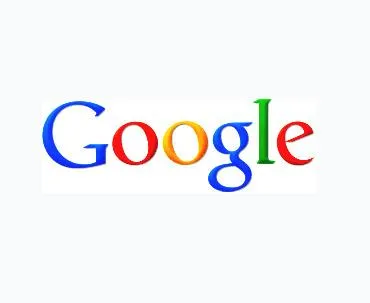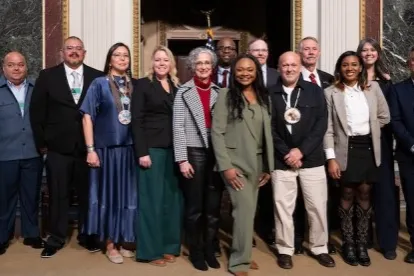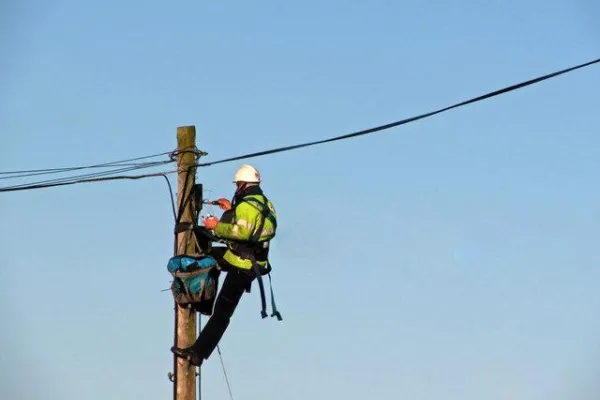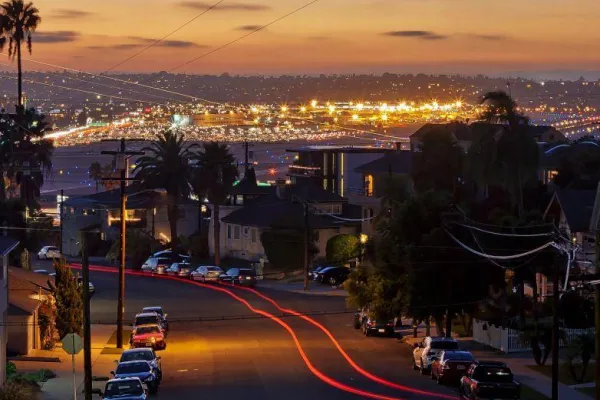Low-income Areas Skipped By Google Fiber System

When Google announced its much-publicized project to build out high-speed fiber connections, many cities bid to become the initial site, and Kansas City won. But not everybody in the Kansas City area. Recent articles note that the build-out is missing low-income neighborhoods.
Google is creating 1Gbps broadband connections - fast by any standards - in a series of "fiberhoods." Formally known as Google Fiber, residents in the selected areas have "the option of purchasing the gigabit Internet service for $70 a month or both the Internet and a television service for $120 a month. The TV service, Google said, comes with a Nexus 7 tablet that serves as a remote."
All well and good - if not exactly cheap. It's the willingness of residents to sign up that determines whether they can get the advanced service, but that has some built-in pitfalls for many residents. According to the Kansas City Star, "... some neighborhoods cleared the hurdles set for them in a matter of days. Even a cursory glance at the map showing which neighborhoods are likely to get Google Fiber - more than 80 have met Google's requirements - shows a strong correlation between rich and poor Kansas City."
Residents are acutely aware of the pattern. "It does not have the feel of the universal access that was part of the initial description," said Karen Hostetler, a resident of the East Argentine section of Kansas City, Kan.
Worse, it also affects institutions, such as schools, which often depend on slow and capricious broadband connections - schools serving some students who don't have Internet at home. According to Mona Price, Central Academy of Excellence (a public school) dean of instruction, "It's not fair to the kids in urban settings who are trying to get an education."
Many U.S. consumers and institutions might notice a parallel with Verizon's fiber service, FiOS. Although FiOS built on Verizon's landline footprint in the Northeast, FiOS, too, often skipped low-income sections in metropolitan areas around the country. Washington DC, new York and Philadelphia have managed to compel Verizon to wire their entire cities, but others - such as Boston, Baltimore and Buffalo - have watched as FiOS bypassed large sections of low-income residents.
Google made a heavy investment in ultra high-speed Internet, but a company with the demographic resources of Google also knows where the people most in need live and study. And Google should make every effort to see that these residents have at least an equal chance to get to the right side of the digital divide.
Google's model raises serious questions about how we are going to get truly high-speed networks to all communities. This is not the answer.
Addition: On September 9, The New York Times reported that Google Fiber is dividing the city along racial lines.
Google Unveils Superfast Internet in Kansas City, Mo. (NY Times, Jul. 26, 2012)
http://bits.blogs.nytimes.com/2012/07/26/google-unveils-superfast-internet-in-kansas-city-mo/
Google Fiber could widen the digital divide (Kansas City Star, Aug. 24, 2012)
http://www.kansascity.com/2012/08/24/3778330/google-fiber-could-widen-the-digital.html
Poor Areas Of K.C. May Miss Google Fiber's First Wave (Multichannel News, Aug. 31, 2012)
Super high-priced FiOS for some, no FiOs for many (Speed Matters, Jun. 19, 2012)
In One City, Signing Up for Internet Becomes a Civic Cause (New York Times, Sep. 9, 20120)
Biden Administration honors CWA steward for rural innovation
CWA Frontier workers sue Connecticut for anti-union contract interference
New CWA program incorporates union basics into IT training



